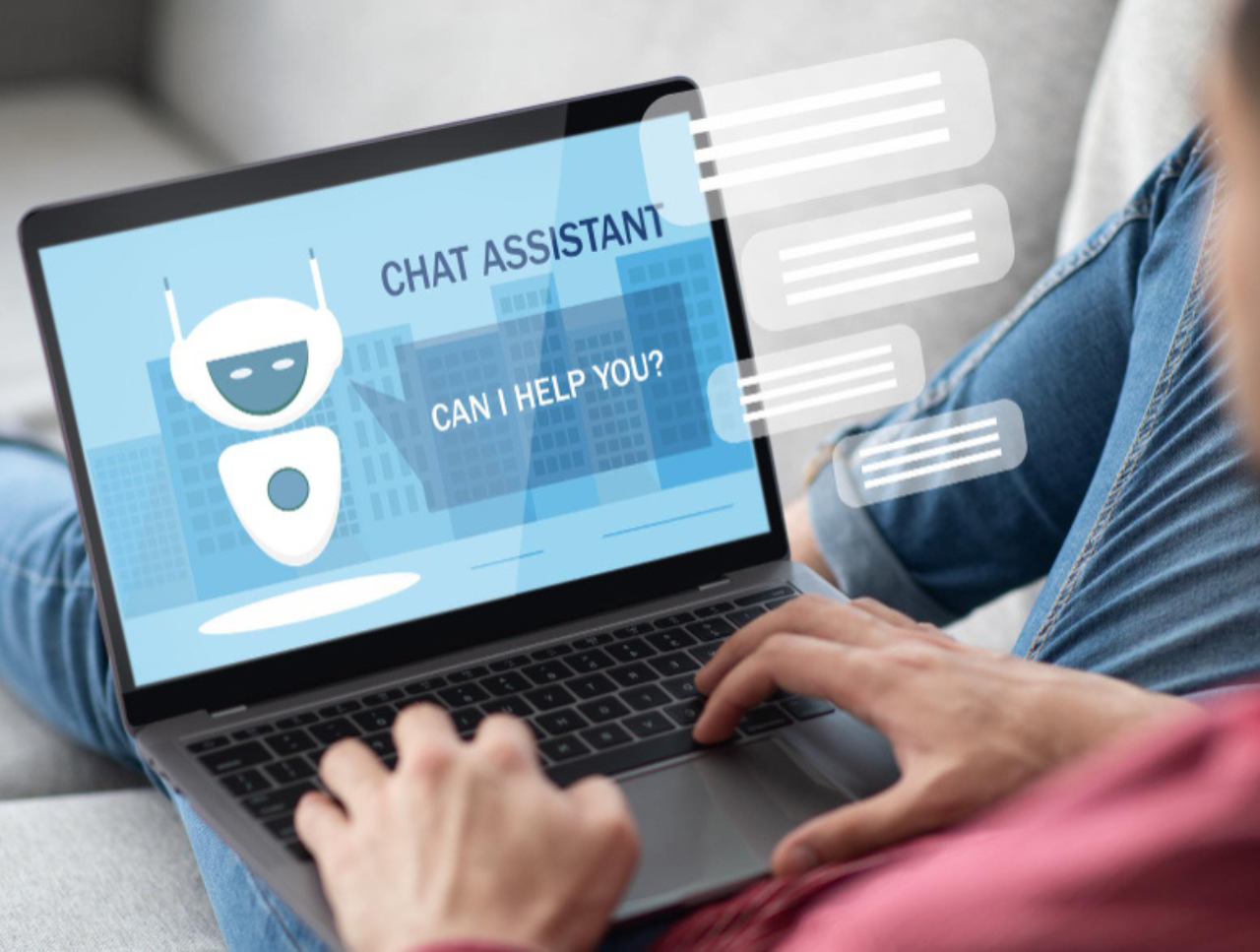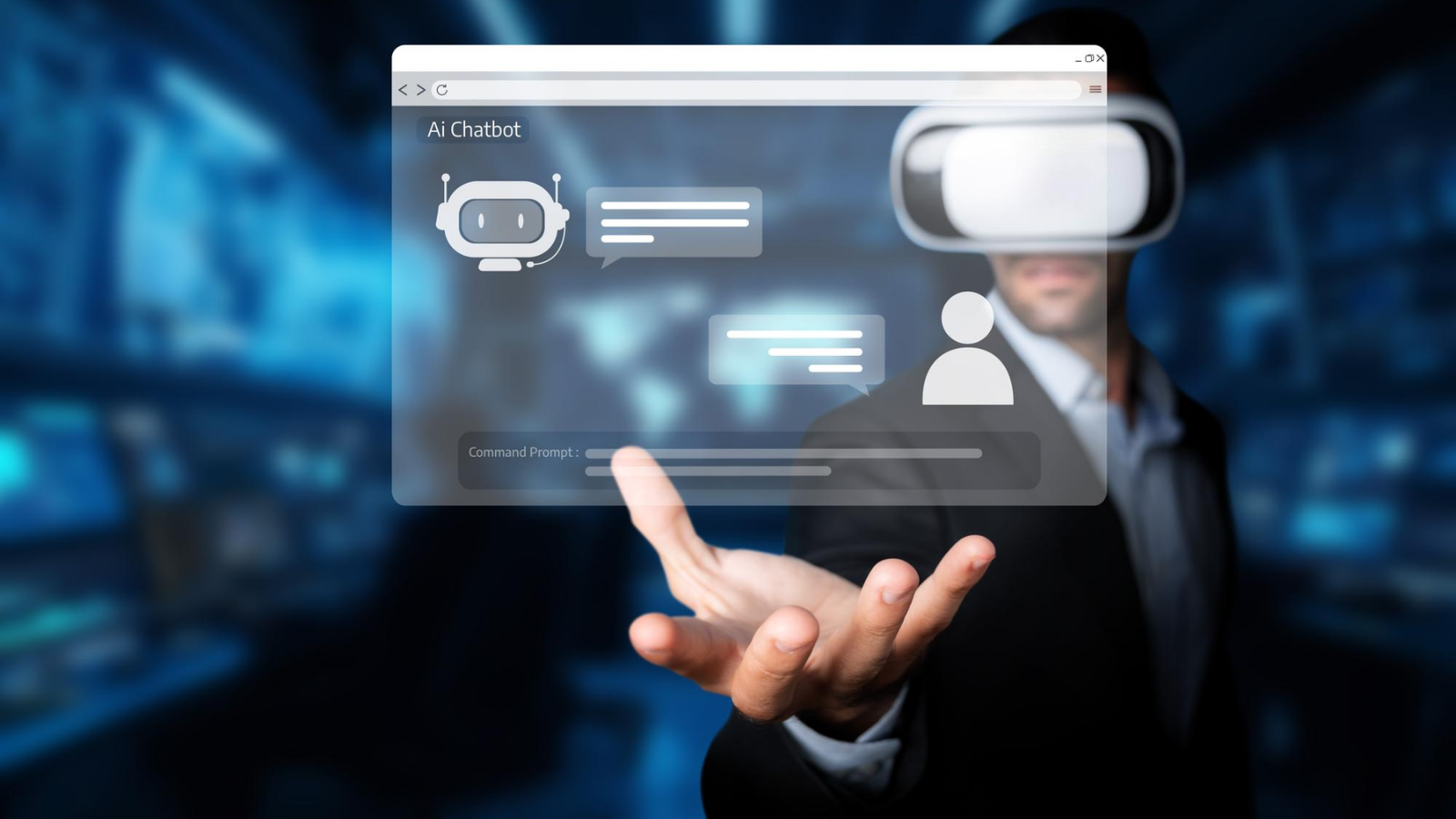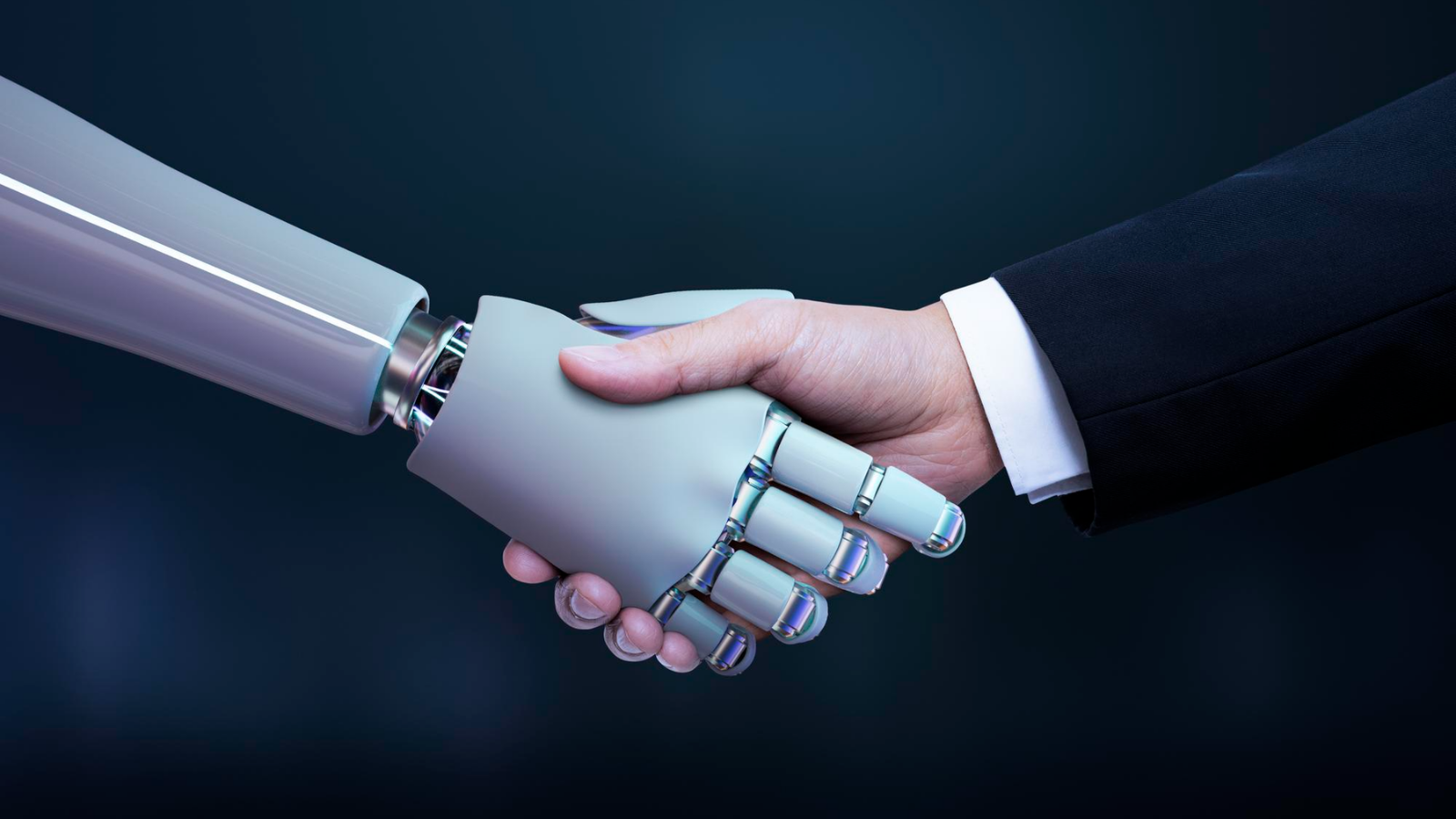You’ve probably seen it happen: a visitor lands on your website, scrolls for a few seconds, and leaves. No inquiry, no engagement, no conversion.
Now imagine that same visitor is instantly greeted by a helpful chatbot asking, “Hey! Looking for something specific?”—and within minutes, they’ve found exactly what they need, asked a few questions, and booked a demo or placed an order.
That’s the quiet but powerful difference an AI chatbot can make.
In today’s competitive digital landscape, where every click counts, businesses can’t afford to lose prospects due to slow response times or poor navigation. And while chatbots were once seen as a “nice-to-have,” they’re quickly becoming a non-negotiable tool for businesses that care about conversions, customer experience, and efficiency.
In this blog, we break down the real return on investment (ROI) of adding an AI-powered chatbot to your website—what you gain, what it costs, and why it’s one of the smartest moves for scaling your business.
1. Capturing Leads 24/7: No Missed Opportunities
One of the most straightforward ways a chatbot delivers ROI is by acting as a round-the-clock lead capture engine.
Your human sales team might clock out at 6 PM. But website visitors? They’re coming in at all hours—especially from different time zones. An AI chatbot ensures that no visitor leaves unanswered.
It can:
- Instantly respond to inquiries
- Collect contact information
- Offer product recommendations
- Schedule demos or consultations
The result? Fewer bounces. More qualified leads. And a bigger, warmer sales pipeline—without hiring a single extra rep.
2. Reducing Customer Service Costs (Without Sacrificing Quality)
Every business wants to support its customers, but hiring and training full-scale support teams is expensive. AI chatbots offer a cost-efficient alternative by handling a large volume of customer queries autonomously.
Studies show that chatbots can handle up to 80% of routine questions—from order tracking to refund policies—freeing up human agents for more complex issues.
The cost savings are twofold:
- Fewer customer support hires
- Faster response times (which = happier customers)
And the best part? With advancements in Natural Language Understanding (NLU) and LLMs (Large Language Models), these bots don’t sound robotic anymore. They’re smart, contextual, and genuinely helpful.
3. Boosting Conversions Through Real-Time Assistance
Website visitors are often undecided. They’re comparing options, skimming through features, maybe looking for a discount code.
A well-trained AI chatbot can intervene at just the right moment—guiding visitors, addressing objections, and nudging them toward the purchase.
This leads to:
- Higher conversion rates
- Lower cart abandonment
- Shorter sales cycles
In industries like SaaS and e-commerce, this alone can justify the cost of a chatbot within weeks.
4. Personalization at Scale
Modern AI chatbots don’t just respond—they remember.
They can:
- Greet returning users by name
- Recommend products based on past behavior
- Suggest content aligned with user interests
Personalized experiences are proven to increase engagement and loyalty, but scaling this across thousands of website visitors used to be impossible—until AI made it effortless.
This level of personalization isn’t just good for UX. It’s a competitive differentiator.
5. Actionable Analytics and Insights
Every interaction with your AI chatbot is a data point: what users are asking, what products they’re interested in, where they’re dropping off.
Chatbots provide a goldmine of real-time insights you can’t get from static analytics dashboards:
- What FAQs you’re not addressing on your website
- Where users hesitate in the conversion funnel
- What support tickets can be automated
With this intelligence, you can optimize your website, improve your content, and refine your marketing—all based on actual user behavior.
6. Faster Time to Value Than You Think
Let’s talk numbers.
Setting up an AI chatbot—especially with a no-code or low-code platform—often takes less than a week.
You don’t need a dedicated AI team. You don’t need to rebuild your website. And many chatbots integrate seamlessly with your existing CRM, email marketing tools, and customer service systems.
Compare that to the cost (and time) of:
- Hiring an additional support agent
- Running a remarketing campaign to re-engage bounced visitors
- Building a full custom lead funnel from scratch
In most cases, the break-even point of chatbot investment is reached in 3 to 6 months, depending on traffic and sales volume.
7. Building Brand Trust Through Instant Gratification
Today’s customers expect speed. If they don’t get answers quickly, they’ll go somewhere else.
An AI chatbot helps you meet this expectation—offering instant gratification in a way that builds brand trust.
Even when a bot escalates to a human agent, the user already feels heard and guided. This consistency and responsiveness translate into higher customer satisfaction—and loyal customers are 5x more likely to return and refer.
Conclusion: Your Chatbot is Not a Cost—It’s a Growth Engin
Adding an AI chatbot to your website isn’t just a technical upgrade—it’s a business strategy. It’s about doing more with less. Serving more people without scaling up costs. Creating more value at every digital touchpoint.
Whether you’re a startup trying to optimize lead capture, an e-commerce store aiming to increase conversions, or an enterprise managing high-volume support, a well-implemented AI chatbot delivers tangible ROI—quickly and repeatedly.
Call to Action: Ready to See the ROI Firsthand?
At Nuclay Solutions, we help businesses design, deploy, and scale AI chatbots that don’t just chat—they convert, support, and grow with your brand.
Want to see how much ROI a chatbot could drive for your website?
Get in touch with us today and let’s build a chatbot strategy tailored to your business goals.



